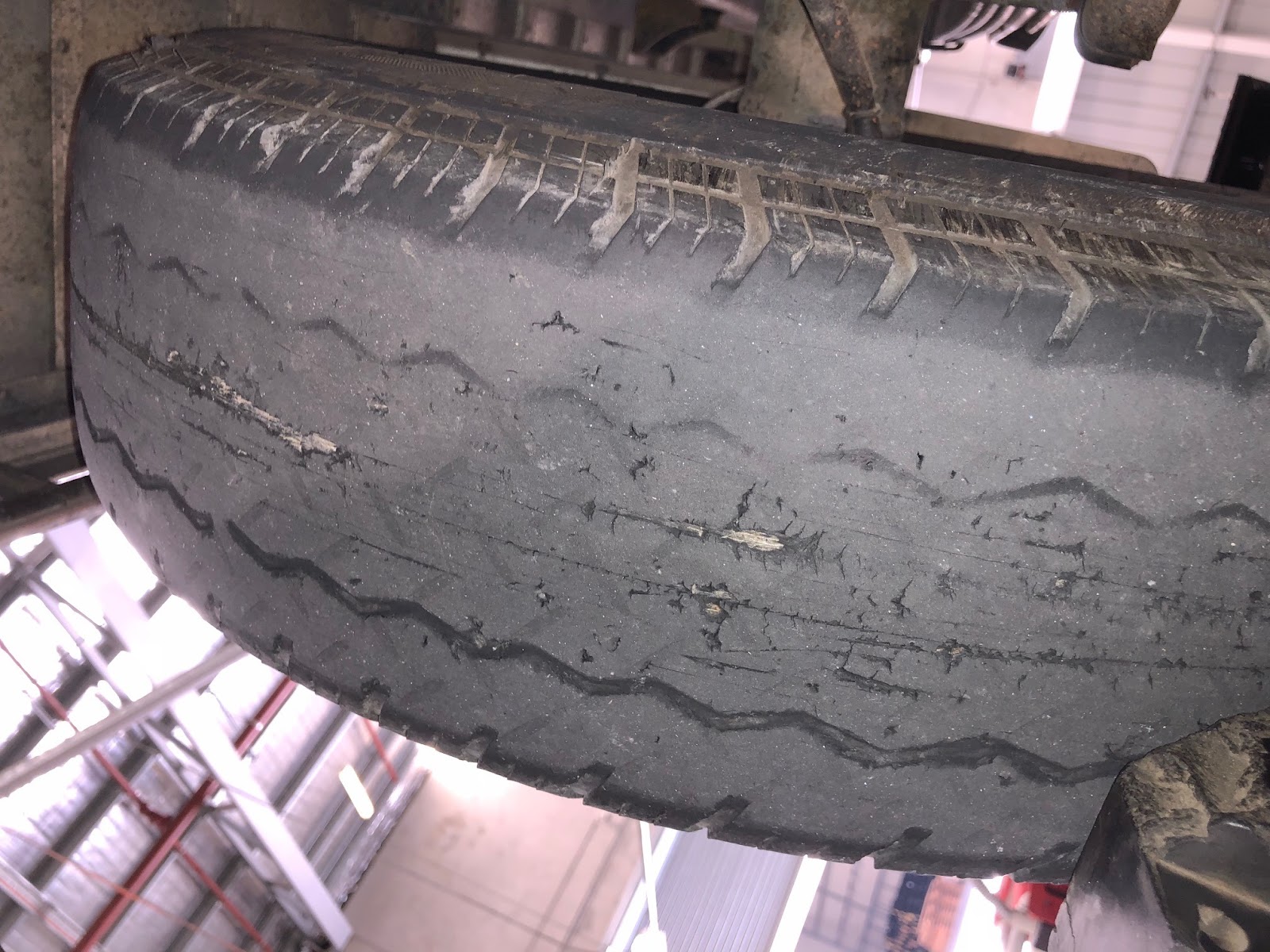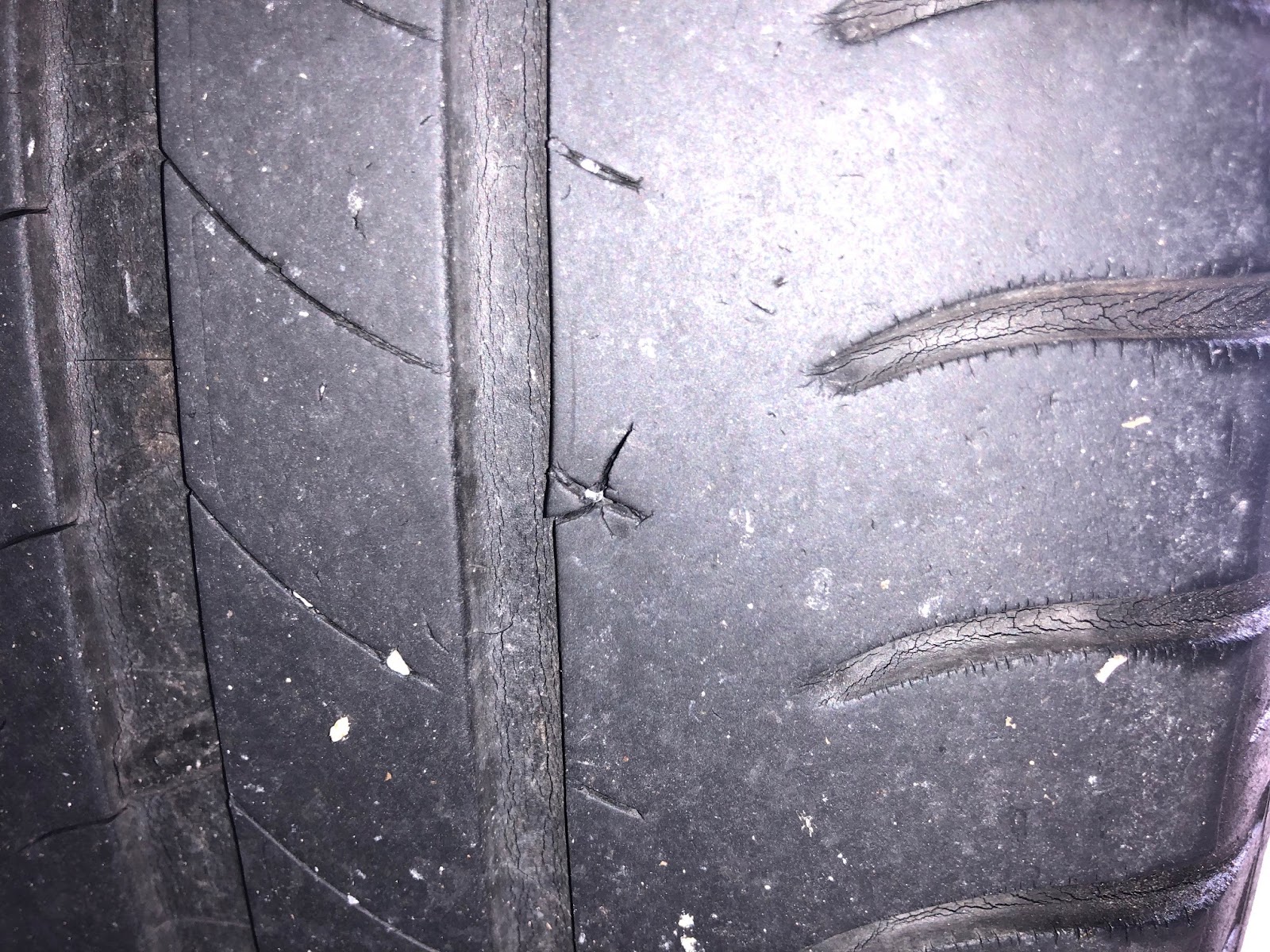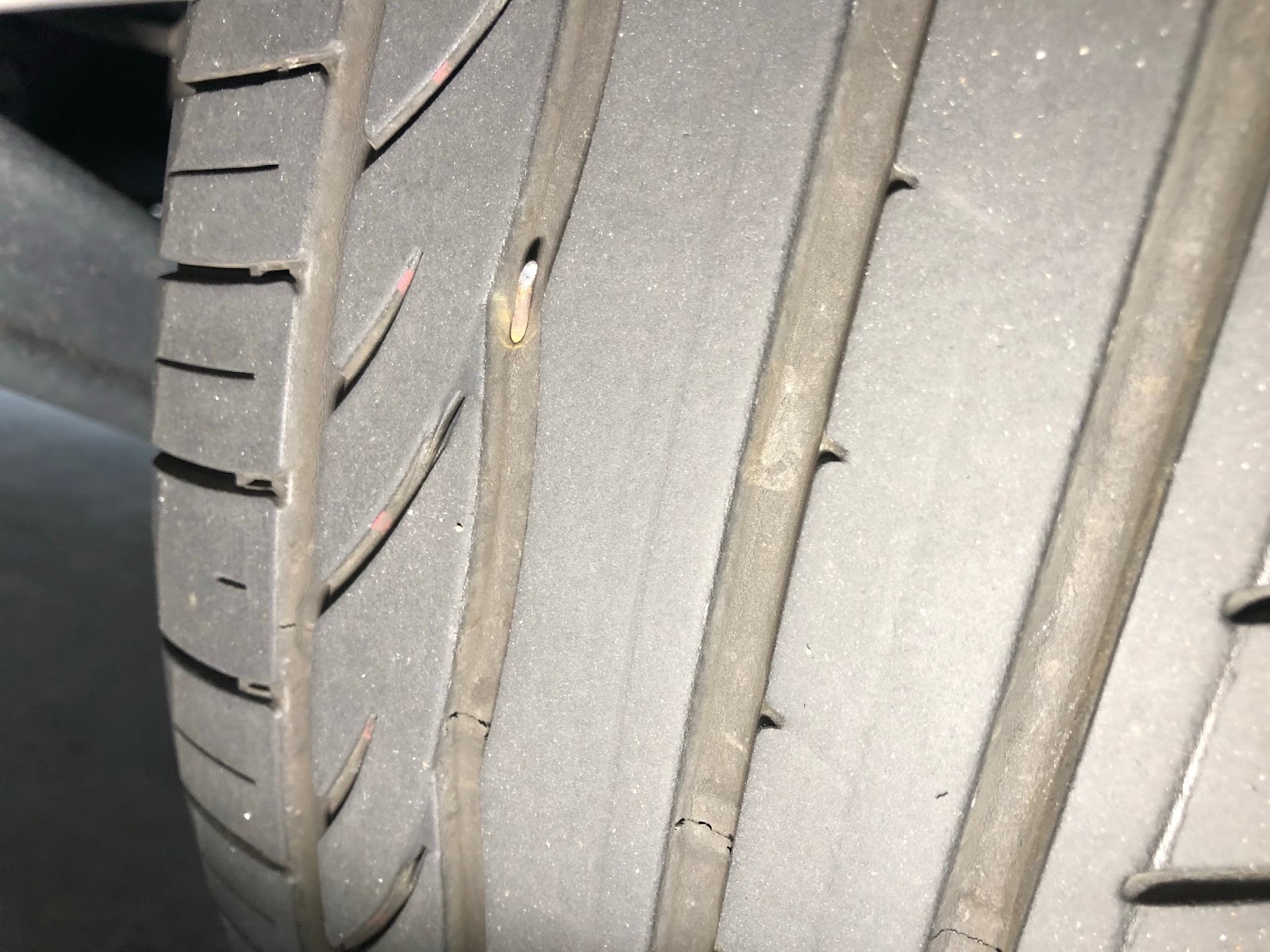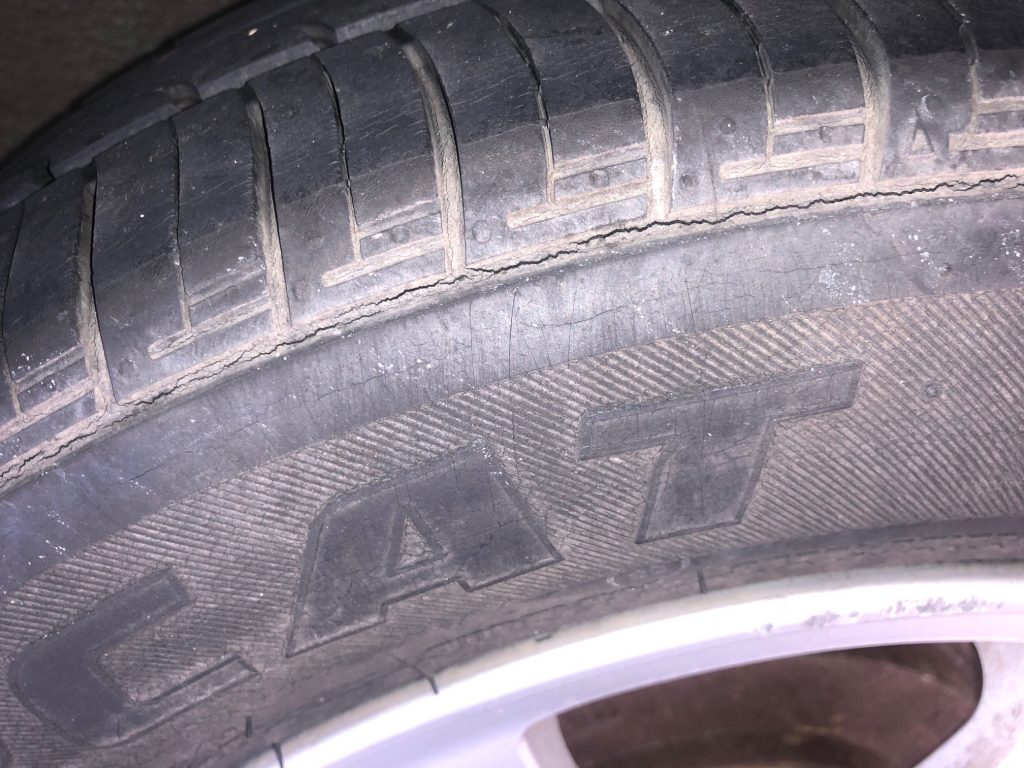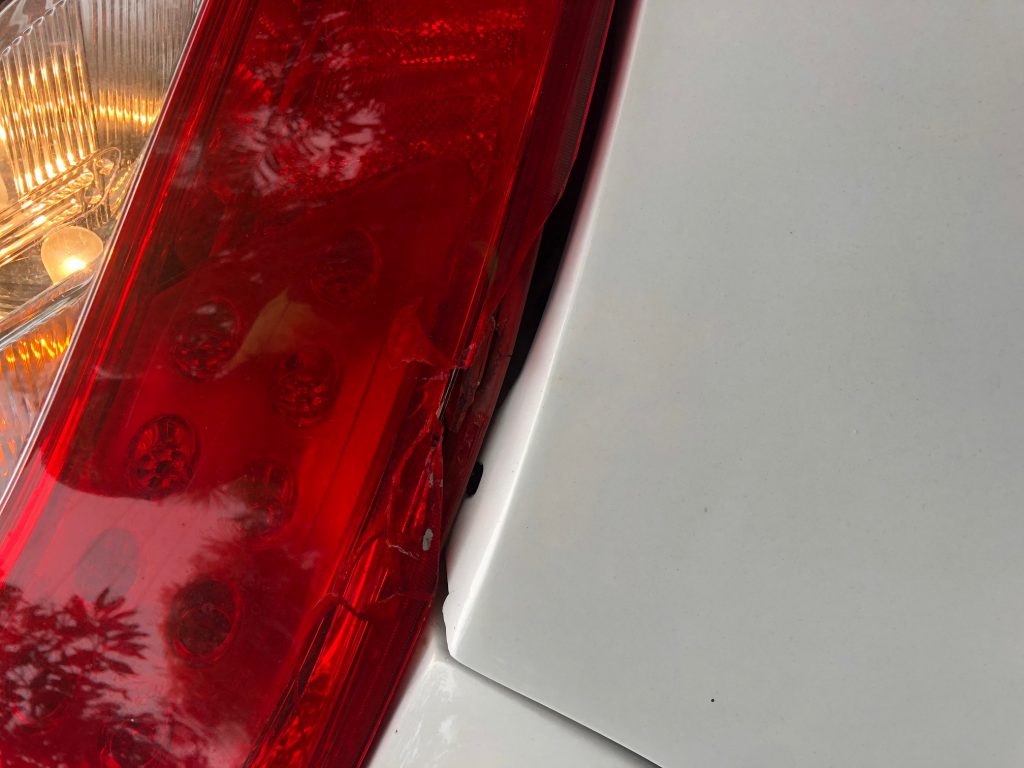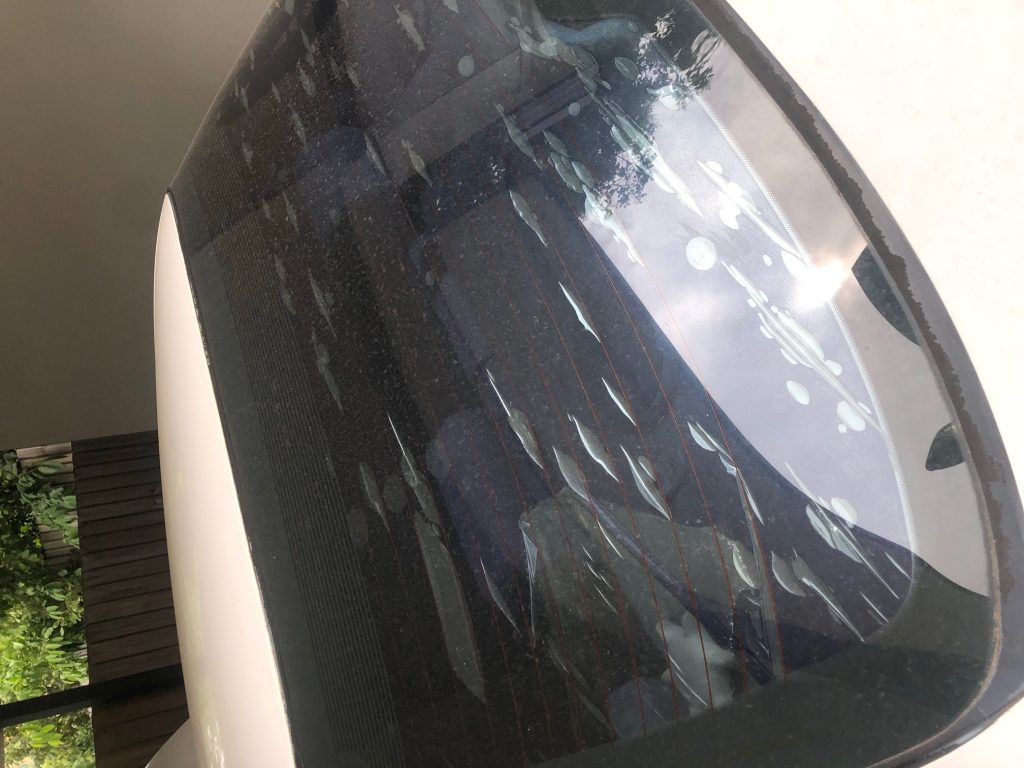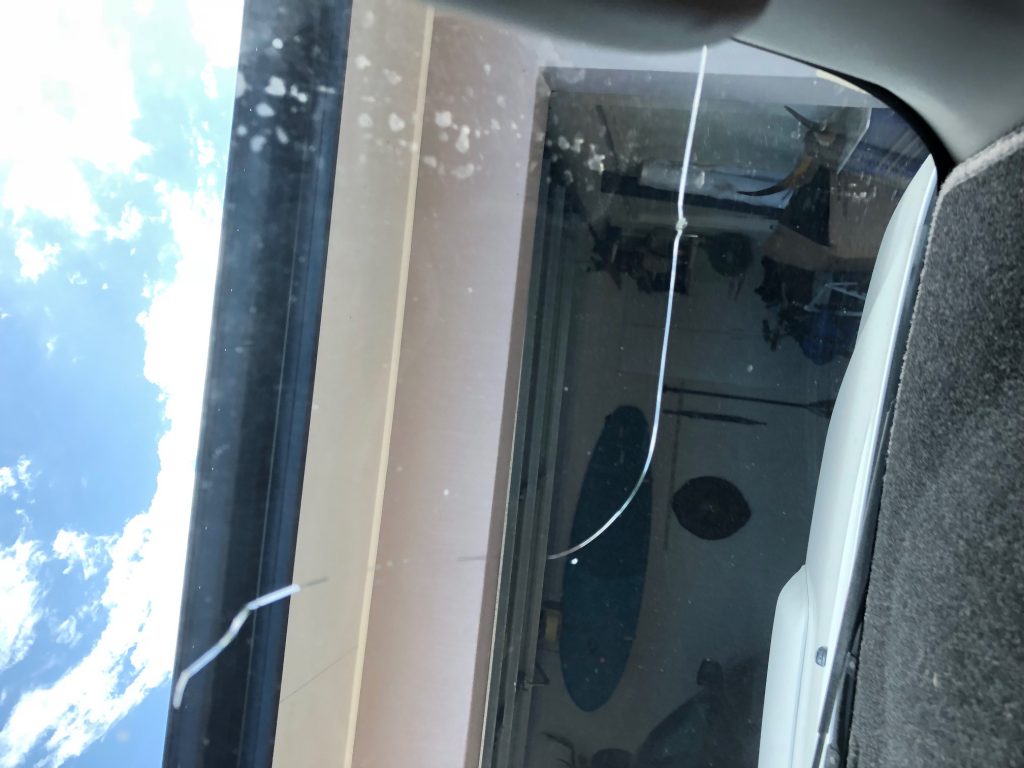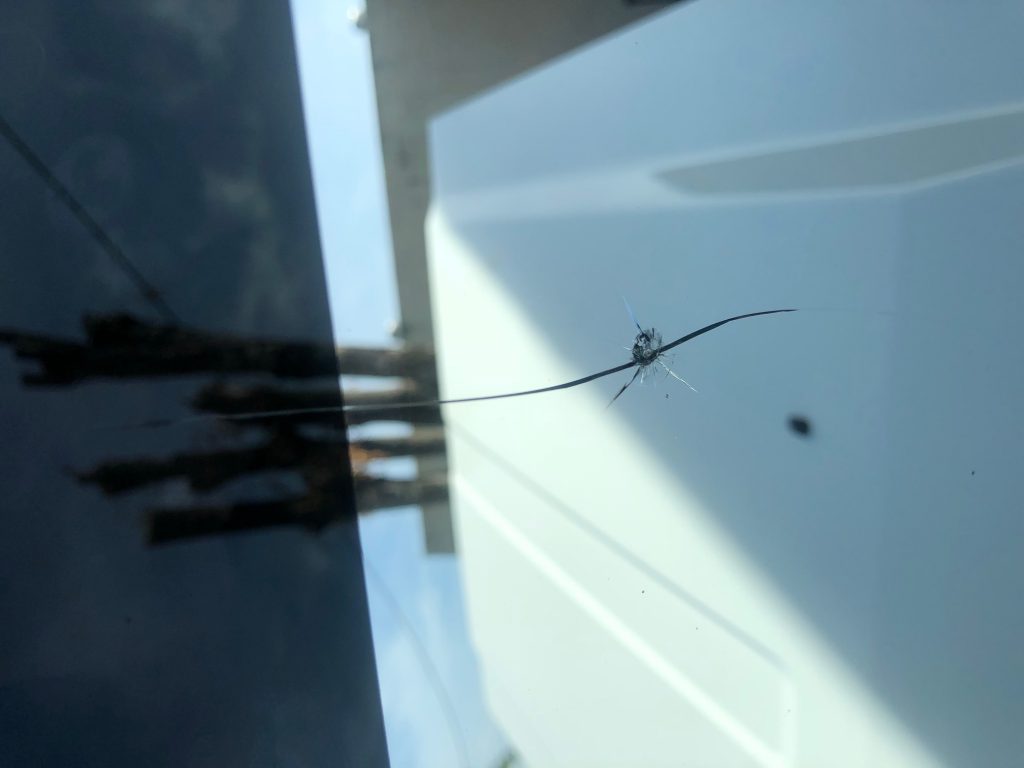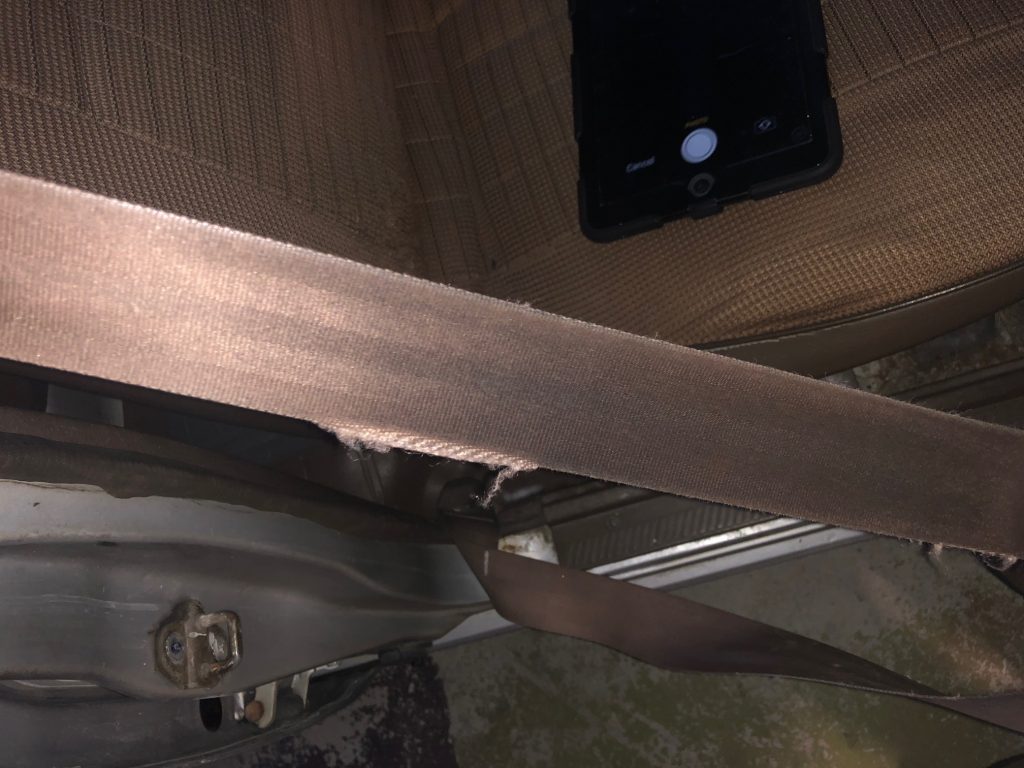Most Roadworthy companies will charge a Call out Fee for a second inspection if your vehicle does not pass the first inspection on a roadworthy certificate in Brisbane. The ones that don’t, usually charge a premium for their first inspection.
In this post, we will walk you through 5 simple checks to ensure your vehicle does not fail an inspection on items that you can check prior to the inspection. The checks do not need expert training or experience and are very straight forward to do.
We have conducted well over 50,000 inspections for roadworthy certificates in Brisbane, and we are able to identify the top 5 failed items below.
While these are only some of the many checks an Queensland Transport Accredited Examiner will carry out in a roadworthy certificate in Brisbane, ensuring you check these items yourself will not only save you money, but also time.
You can find the Code of Practice with all the roadworthy certificate requirements on the Queensland Transport Website, or by clicking here.
Done your checks? Book Your mobile Roadworthy online now.
- Tyres
Tyres are the number 1 reason why most cars fail an inspection. Your tyres are essential in providing grip, traction and control whilst on the road. Check the below to make sure your vehicle has a better chance to pass the Roadworthy Certificate in Brisbane.
What to Check- Check that the inside and outside edges of your tyres aren’t worn. Tyres need to have at least 1.5mm of tread across the whole face of the tyre. If you have abnormal wear on the outside or inside of the tyre, this is a result of poor wheel alignment.
- Check there is no sidewall damage to the tyres.
- Check that there are no nails or screws in the tyre.
- Lights
Lights are in second position on the most failed roadworthy items. Its essential that your lights are all working to assist you and other motorists with your visibility and intentions on the road.
What to Check- With 2 people, one operating the controls and one checking the lights, ensure that all park lights, Fog lights, headlights and tail lights are fully working.
- Headlights and tail lights should also be checked to make sure they are not loose, free from cracks, not discolored, or UV affected.
- Windscreen and Wipers
Your windscreen is the window to the outside world, it also serves to provide strength to your vehicle in the event of a crash. Most modern cars are installed with airbags, these airbags will actually deploy towards the windscreen before inflating toward the passenger, so a huge amount of force is applied to the glass from the inside-out. Any chips, cracks or faulty installation will compromise the safety of the vehicle.
Wipers and window washers assist in your ability to see in unfavorable weather conditions. Poor wiper blades will result in inefficiencies in clearing the windscreen effectively and will result in poor visibility from inside the cabin and may result in a crash.
What to Check- Ensure there are no cracks, chips or scratches on the windscreen.
- Ensure the windscreen is not loose and is properly fitted and secured.
- Ensure front and rear (if fitted) wiper blades clean windscreen efficiently, leaving no streaks at all speeds.
- Ensure washers are working and water flows to all jets.
- Ensure tinting applied to windows isn’t distorted, bubbling or scratched.
- Seats and Seatbelts
Seats, Seatbelts and restraints are the most crucial safety mechanism in your vehicle. Poor seatbelt and seat conditions may result in injury and/or death in the event of an accident.
What to Check- Seatbelt sash must be free from cuts, frays and damage.
- Seatbelts must be securley anchored.
- Seats must not have tears where the metal frames are exposed.
- Seats must be fitted with headrests.
- Dash Warning Lights
In the dash, there are warning lights designed to alert the driver of malfunctions relating to vehicle components and safety features. During normal operation, when the engine is running, there should not be any warning lights illuminated.
What to Check- Air bag light should not be illuminated. Your Airbag light will illuminate briefly when you turn your engine on, the should turn off. An airbag light which stays on indicates a fault with the vehicles air bag system and should be diagnosed by the vehicle manufacturer.
- ABS or VSC light should not be illuminated.
- Brake light should not be illuminated unless the park brake is engaged.

